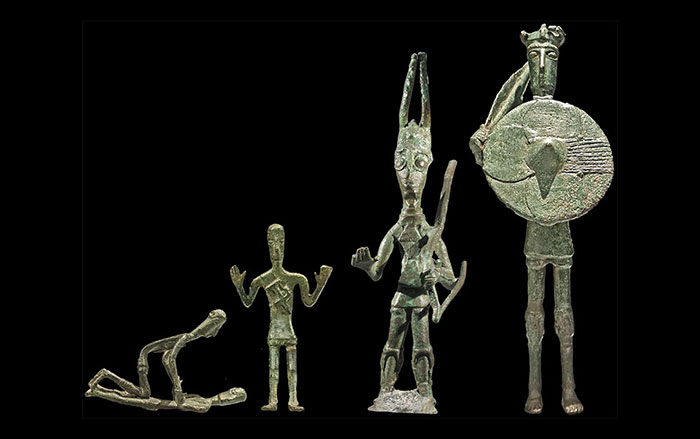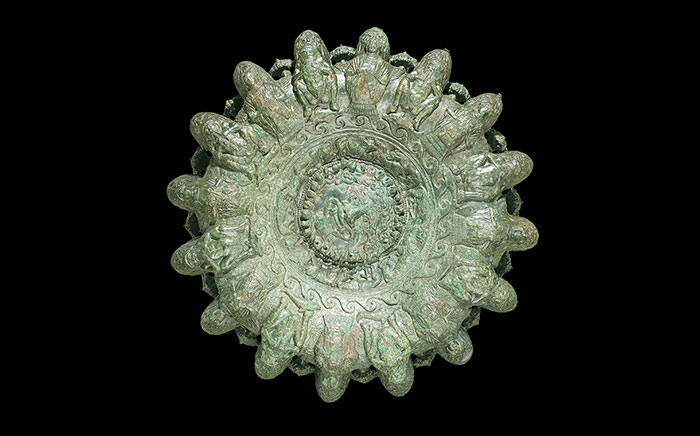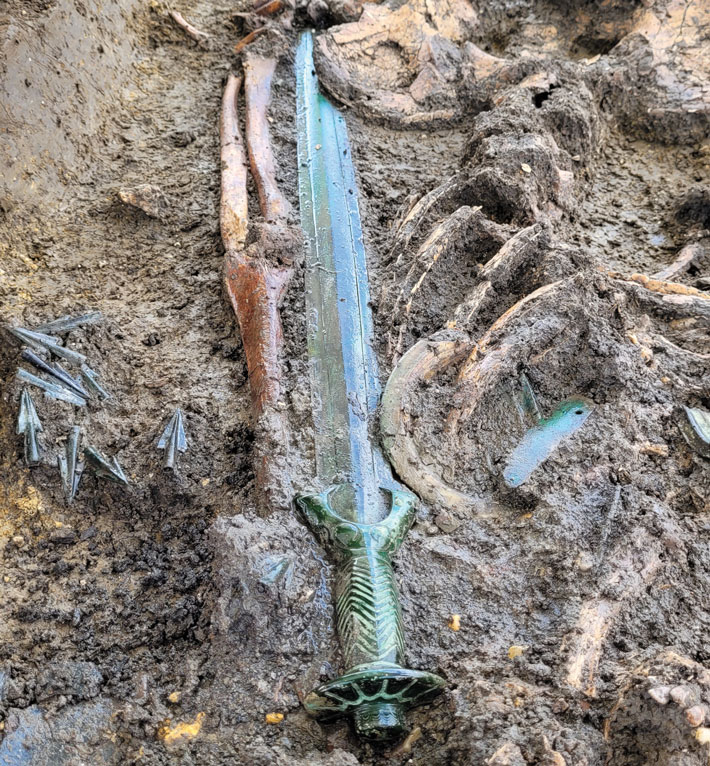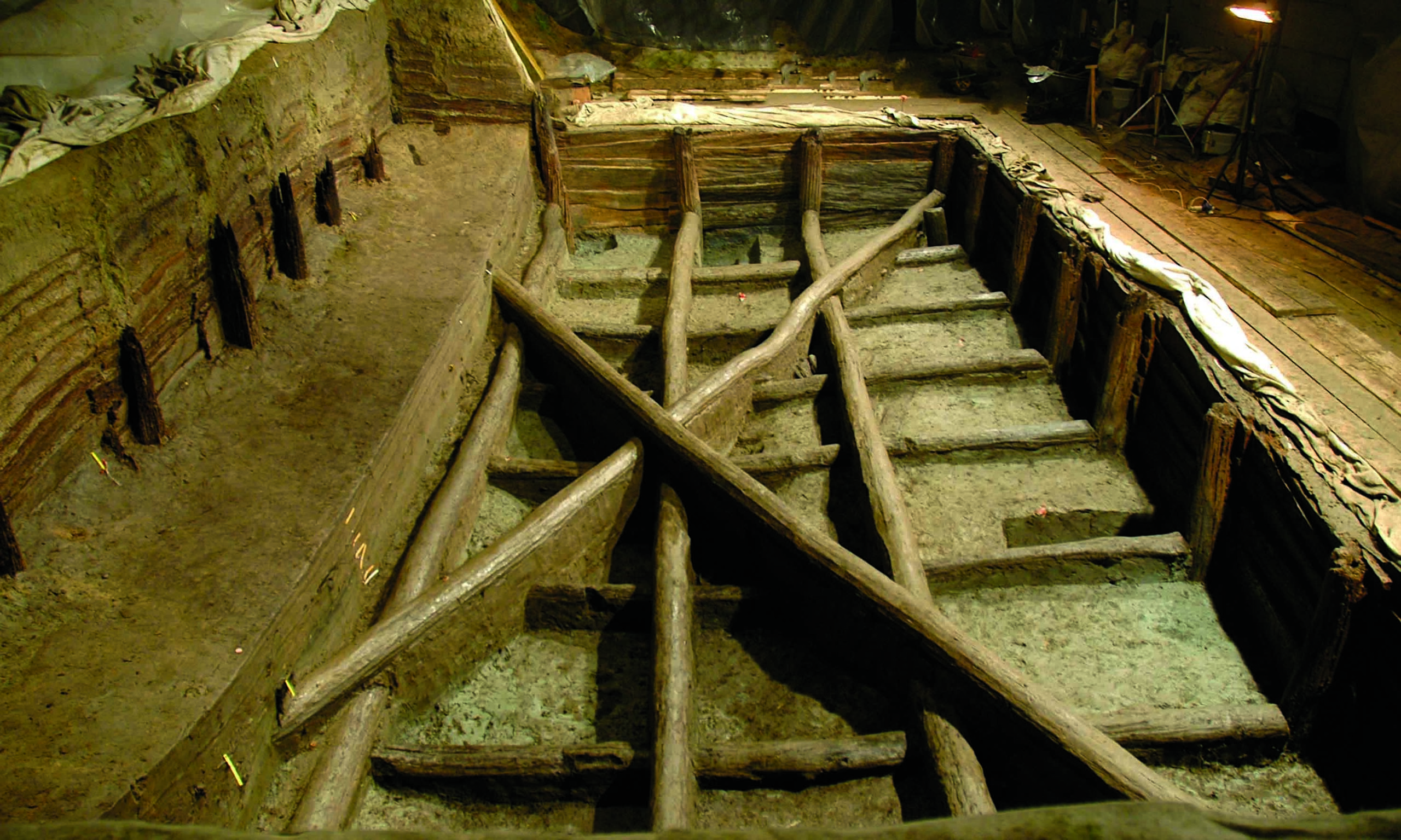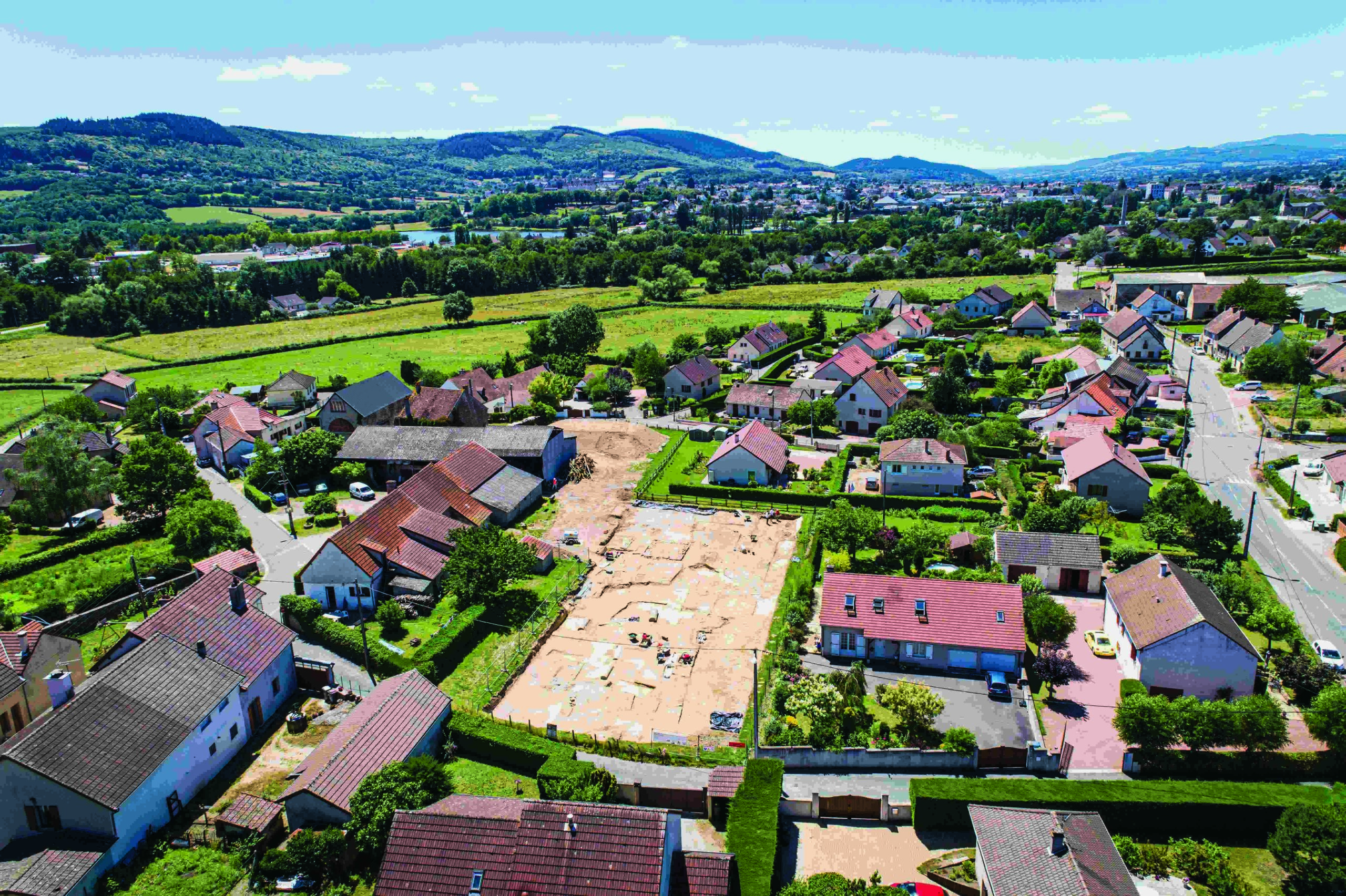
LULEÅ, SWEDEN—Evidence of metalworking some 2,000 years ago by hunter-gatherers has been discovered at two archaeological sites in northeastern Sweden, according to a Science News report. At Sangis, Carina Bennerhag and Kristina Söderholm of Luleå University of Technology and their colleagues uncovered a rectangular iron-smelting furnace with a frame of stone slabs and a clay shaft. Holes in the frame may have allowed air to be pumped inside with a bellows placed on flat stones. Byproducts of heating iron ore at high temperatures were found within the structure, which has been radiocarbon dated to between 200 and 50 B.C. Pottery dated from 500 B.C. to A.D. 900, fish bones, and items made of iron and steel, knives made of two or more layers, and a molded bronze buckle were also found in the area. Evidence at Vivungi, the second site, dates to around 100 B.C. and includes fire pits and the remains of two iron-smelting furnaces containing iron ore, byproducts of iron production, and pieces of ceramic wall lining. Söderholm explained that these hunter-gatherers were probably more socially organized and sedentary than had been previously thought. The groups would have settled in areas near sources of metal ores, wood to make charcoal, and clay and stone for building furnaces and fire pits, she added. Read the original scholarly article about this research in Antiquity. To read about other recent archaeological research in Sweden, go to "Around the World: Sweden."


